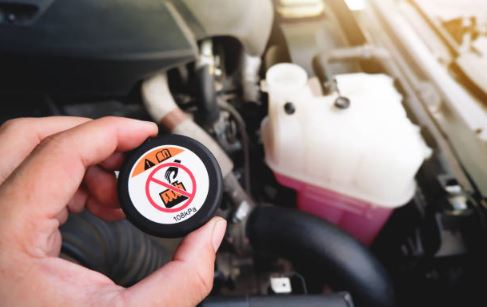Why Investors Buy Fire-Damaged Homes and How You Can Benefit
In the ever-evolving real estate landscape, savvy investors continually seek opportunities that promise significant returns, even in the most unlikely of circumstances. One such niche market is the acquisition of fire-damaged homes, which, despite their apparent risks, present a unique investment strategy for those equipped with the right knowledge and resources. Understanding the motivations behind these purchases reveals a complex interplay of market dynamics, potential for value appreciation, and the ability to tap into lower entry costs. Investors are increasingly drawn to these properties for the chance to restore and revitalize distressed assets, ultimately transforming them into desirable homes or profitable rental units. Moreover, the process of rehabilitating fire-damaged properties can lead to substantial financial gains, particularly when executed with careful planning and expertise. For those looking to enter this market, it is crucial to grasp not only the inherent challenges but also the myriad of benefits associated with such investments. This article will delve into the reasons why investors are attracted to fire-damaged homes, explore the potential rewards, and provide practical insights for aspiring investors interested in reaping the benefits of this unique real estate niche.
– Understanding the Value of Fire-Damaged Properties
Fire-damaged properties can present unique investment opportunities that, when approached with due diligence, can yield significant returns. While the immediate aftermath of a fire often leaves a property in disarray, savvy investors recognize the potential for revitalization and increased value through rehabilitation. By purchasing fire-damaged homes, investors can acquire properties at a fraction of their pre-fire market value, allowing for substantial profit margins once repairs and renovations are completed. Additionally, the demand for affordable housing solutions can make these properties particularly attractive, as investors may cater to a market looking for lower-priced homes that offer potential.
Moreover, the process of buying fire-damaged homes often involves navigating insurance claims and rebuilding costs, which can be daunting for inexperienced buyers. However, those who invest time in understanding the restoration process and associated costs can strategically position themselves in a competitive real estate market. With the right expertise, investors not only restore these properties to their former glory but also contribute positively to the community by revitalizing neighborhoods that may have suffered from neglect or vacancy post-fire.
– Strategies to Successfully Buy Fire-Damaged Homes
To successfully buy fire-damaged homes, prospective investors should begin by conducting thorough inspections and assessments to identify the extent of the damage. Engaging professional inspectors with experience in fire damage can provide valuable insights into structural integrity, electrical systems, and potential hazards, which are critical for determining renovation costs. Additionally, developing a solid understanding of local building codes and regulations is essential to ensure compliance during the restoration process, ultimately avoiding future legal complications or additional expenses.
Establishing a relationship with experienced contractors who specialize in fire restoration can be a crucial strategy. These professionals can offer estimates and timelines for repairs, helping investors create a realistic budget and plan. Furthermore, networking with local real estate agents familiar with fire-damaged properties can facilitate better access to potential deals. It is wise to stay informed about local market trends and property values, as this knowledge will aid in making informed offers that reflect both the risks and opportunities associated with buying fire-damaged homes. With the right approach and resources, investors can transform these properties into valuable assets.
– Potential Profits from Fire-Damaged Investments
Investing in properties that have suffered fire damage can yield substantial profits when approached with careful planning and expertise. Once the necessary repairs and renovations are completed, these homes are often sold at a significant markup, especially in markets where demand for housing is high. The initial purchase price of fire-damaged homes is typically lower than that of comparable undamaged properties, allowing investors to capitalize on the added value gained from restoring the property. This gap presents a unique opportunity to enhance equity and generate a lucrative return on investment.
Moreover, properties that have undergone fire damage can cater to a niche market seeking affordable housing options that have been fully renovated. With effective marketing strategies that highlight the improvements and safety upgrades made during the restoration process, investors can attract buyers looking for move-in ready homes. Additionally, investors may consider holding onto these properties for rental income, as renovated homes in desirable neighborhoods can command premium rents, further contributing to a long-term profit strategy. Thus, the potential for profitability in fire-damaged investments lies in both the restoration process and the strategic positioning of the property in the market.
In conclusion, investing in fire-damaged homes presents a unique opportunity for savvy investors to capitalize on properties that often come at a significant discount. By understanding the nuances of the restoration process and assessing the potential for value appreciation, investors can transform these properties into profitable assets. Additionally, the benefits extend beyond financial gains; revitalizing fire-damaged homes can contribute positively to communities, restoring neighborhoods and enhancing property values. For those willing to navigate the challenges and complexities involved, investing in fire-damaged homes can ultimately lead to rewarding outcomes both personally and professionally.



